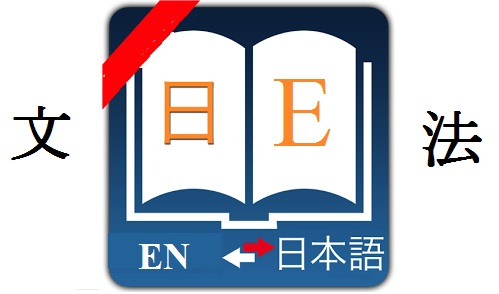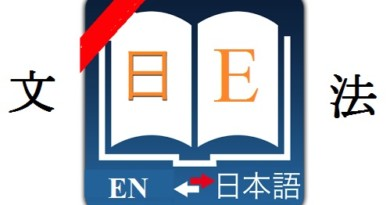Japanese けっきょく grammar kekkyoku
Let’s learn Japanese けっきょく grammar kekkyoku :
Formation :
Stand at the beginning or middle of the sentence.
Meaning and how to use :
Expresses the last conclusion, result. It’s usually translated as “finally/at last/after all”. In many circumstances, it expresses conclusions, results that people’s willpower can not reach although they have tried and expected. This structure has negative tone, so it’s rarely used in positive situation.
For example
試験前に何も勉強したり練習したりしない。けっきょく、不合格だった。
shiken zen ni nan mo benkyou shi tari renshuu shi tari shi nai kekkyo ku fu goukaku datu ta
Before the examination, I hadn’t revised anthing. In the end, I failed.
あのプロジェクトに投資した。けっきょく、損をしました。
ano purojiekuto ni toushi shi ta kekkyo ku son wo shi mashi ta
I invested into that project, but after all I lost a lot.
買い物に行っていたが、お金を家に忘れてしまって、結局何も買わなかった。
kaimono ni itu te i ta ga okane wo uchi ni wasure te shimatu te kekkyoku nan mo kawa nakatu ta
I went shopping but forgot to bring money, eventually I didn’t buy anything.
彼を説得に行きましたが、結局彼に逆に説得されました。
kare wo settoku ni iki mashi ta ga kekkyoku kare ni gyaku ni settoku sa re mashi ta
I came to persuade him, finally I was the one persuaded.
結局悪い点を取った。
kekkyoku warui ten wo totu ta
As a result I got bad mark.
Note: It’s sometimes used in form 「結局は」、「結局のところ」
Above is Japanese けっきょく grammar kekkyoku. If you don’t understand the signs we used in formation, you can find their meaning here : signs used in Japanese grammar structures.
You can search the structure you want by using the search tool on our website (using key : grammar + ‘structure name’ or you can find more Japanese grammar structures in the following category : Japanese grammar dictionary
